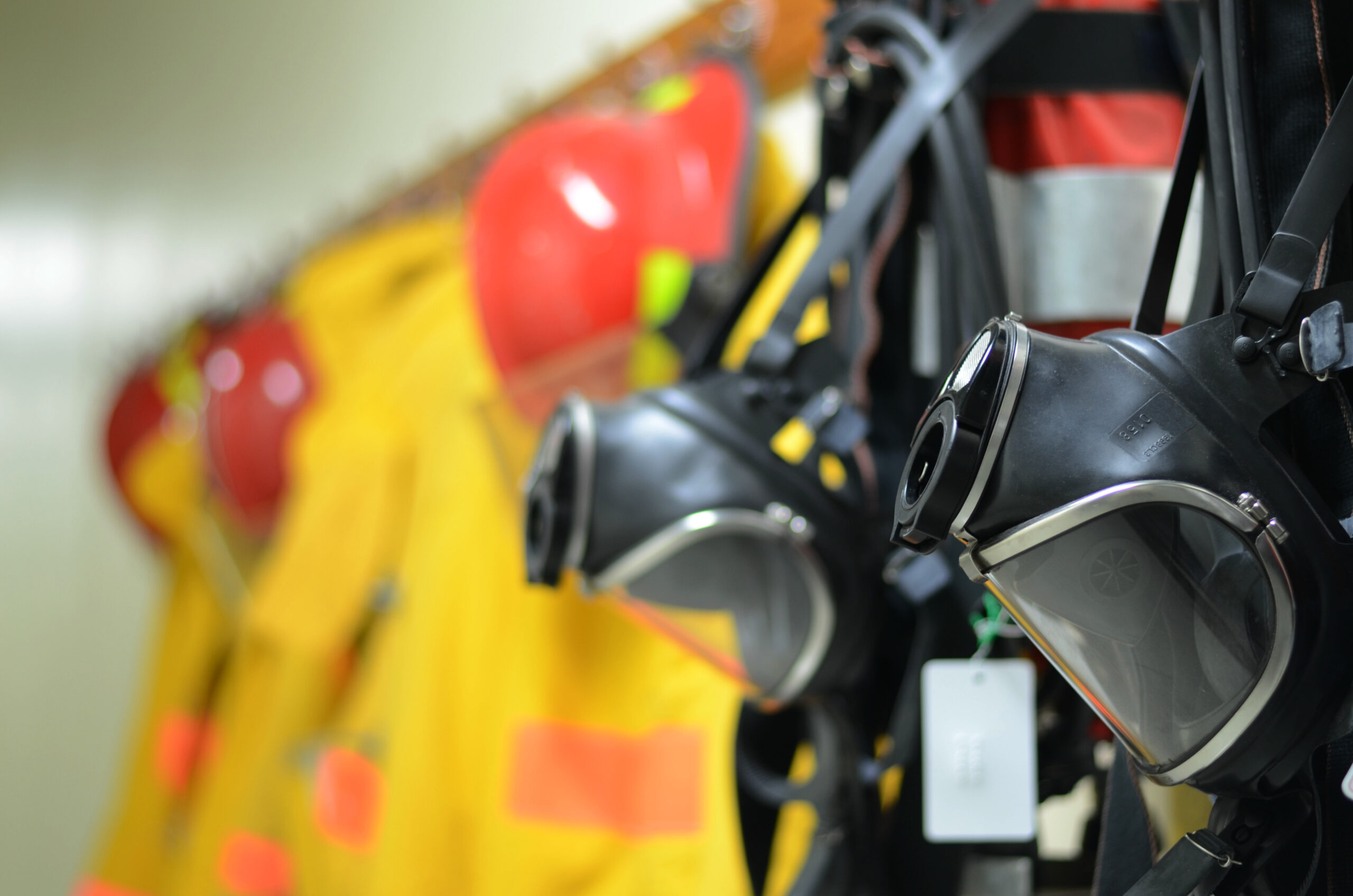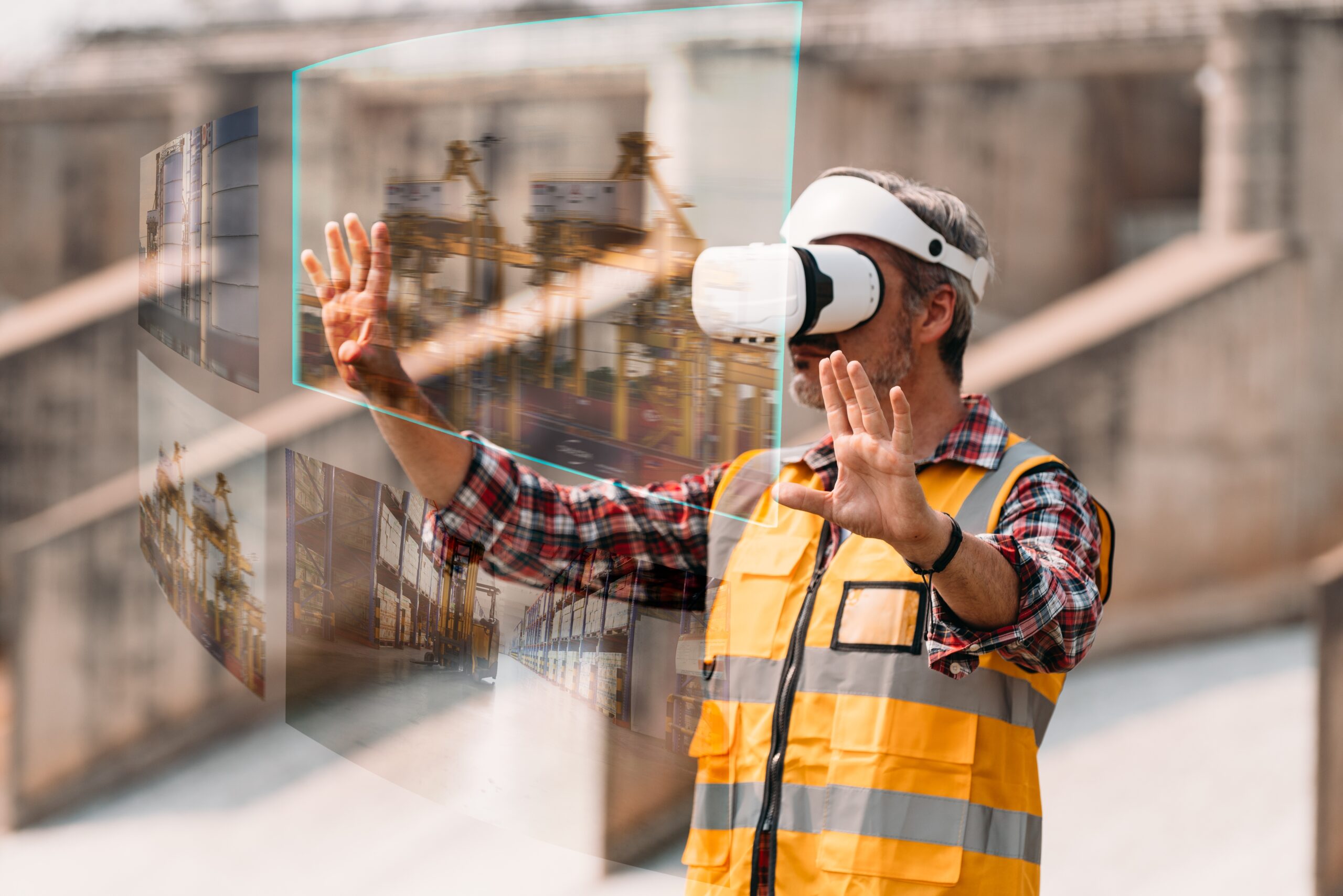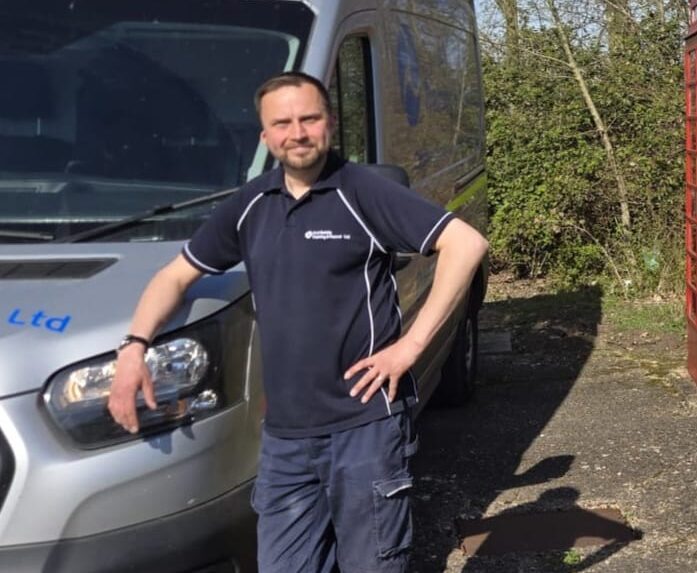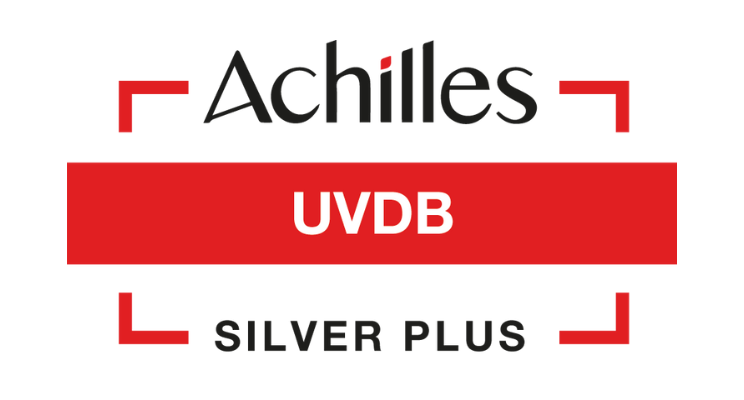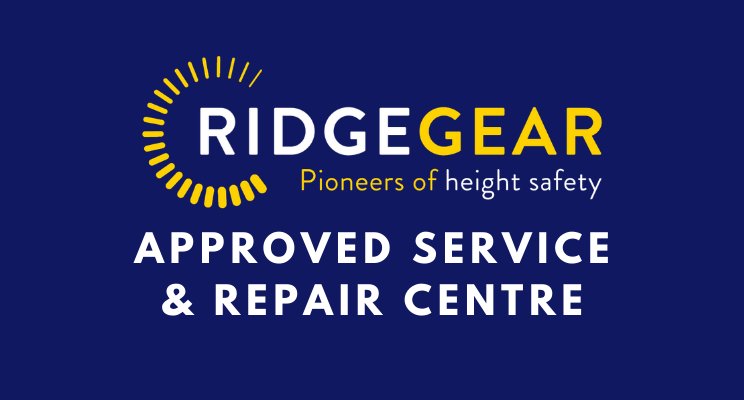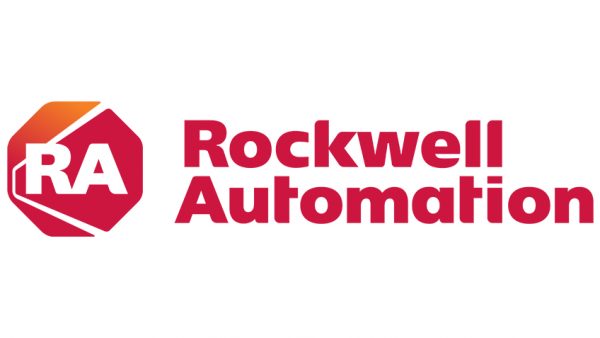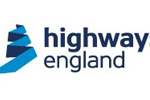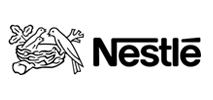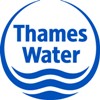How To Protect Employees From Workplace Hazards
Controlling exposure to occupational hazards is a fundamental method of protecting workers and the hierarchy of controls you see below is the most widely accepted system for doing so. We’re sure you’ll agree that the safety of workers should be the highest priority on any site and so here we go through each of these controls and explain how they can be used to protect your staff from hazards at work.
There are five items in the Hierarchy of Hazard Controls with the idea being that the controls at the top are more effective and protective than those at the bottom.
- Eliminate the Hazard
The best way to control a hazard is to eliminate it. If possible, this can be done by making changes to the work process so that the hazard is removed, or the task no longer needs to be carried out. For example, if workers must work on a piece of equipment in a confined space, the hazard of working in a confined space would be eliminated if it was possible to move the piece outside the space. However, because elimination isn’t always possible, there are other control measures we can look to and so we move down to next control measure in the hierarchy.
- Substitute One Risk For A Lesser One
Substitution, the second most effective hazard control, involves substituting something that produces a hazard with something that doesn’t or produces less of a hazard. For example, if a company works with hazardous solvents and discovers a less dangerous one that still does the job, by swapping the chemicals they reduce the risk to their workers. If a substitution is found at a higher financial cost, employers should look at the whole picture and consider the cost, both financially and to their reputation, if an incident were to occur that could have been prevented.
- Use engineering controls to isolate or minimise the hazard
The third most effective means of controlling hazards is by using engineering controls to isolate or minimise them. While these don’t eliminate hazards, they are designed to isolate the hazard at the source, before it comes in contact with the worker. Where possible, this is achieved by containment or enclosure, creating a physical barrier between worker and hazard.
If isolation isn’t possible, you can also look at making changes to the design of the equipment or process to minimise the hazard. This could involve changing the way the worker’s activity is performed to reduce the hazard or could involve using ventilation to minimise hazards like lack of oxygen or excessive heat. And while engineering controls do tend to be one of the more expensive controls in the hierarchy, after the initial cost they often end up reducing future costs.
- Use administrative controls
Administrative controls include making changes to the ways in which people work and focuses on promoting safe working practices through training and education – one of our specialties! This may mean training workers in safe operating procedures, emergency response protocol and personal health such as staying hydrated when working in heat or washing hands after contract with hazardous materials. It may also mean improving signage and warning labels or scheduling work to safer times. For example, for those carrying out roadworks, the works might be scheduled to take place at night when less drivers are on the road.
- Use Personal Protective Equipment
PPE which includes gloves, hard hats, respirators, safety glasses and protective clothing is generally considered the last line of defence in terms of hazard control as it is usually the least effective. It’s considered the least effective because of the regularity with which PPE becomes damaged, faulty and ineffective. Also, PPE is often considered uncomfortable and burdensome so is not always used as stringently as it should be. That’s not to say it shouldn’t be used and there are many instances in which it is an essential safety measure, but it is most effective when used in conjunction with other control measures or if there are no other, more effective, ways to control the hazard.
Employer Responsibilities
As an employer it is your responsibility to ensure jobs are as safe as they can be for your workers which might mean using a variety of control measures in conjunction with one another. Which ones you’ll need to use can be determined by conducting a risk assessment to evaluate and prioritise the hazards and their risks. After having identified the hazards through the risk assessment you can work through the hierarchy from top to bottom by asking ‘Can I eliminate them?’ ‘Can I substitute them?’ ‘Can I isolate them?’ etc. By going through them in this order it encourages you to not just jump to the easiest control measures but to find the most effective.
If you also have a good incident reporting system and culture your staff should be helping by making you aware if any of your controls aren’t effective so you can adjust and improve.
Employee Responsibilities
As an employee it is your responsibility to implement control measures and abide by the protocols and procedures designed for your safety. It’s also important that you report any instances where controls aren’t working so they can be improved upon, both for your safety and that of your colleagues.
Civil Safety Training & Rescue
Civil Safety Training & Rescue specialises in working with companies that are involved in confined spaces and hazardous environments. If you need support with confined space training, rescue teams for dangerous situations or the purchase and servicing of your Personal Protective Equipment then call us today.
Training: 01480 220611 | Rescue: 01480 220615 | Service, Sales & Hire: 01480 220613

